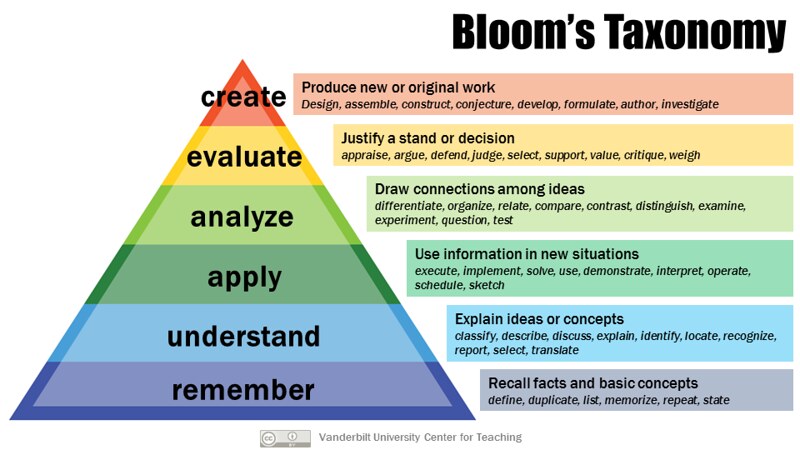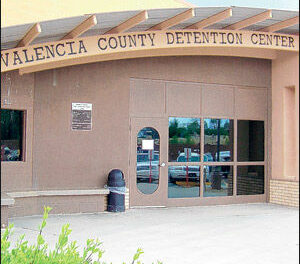LOS LUNAS — The Los Lunas Schools Board of Education recently approved the adoption of new social studies curriculum and materials for the upcoming school year.
“Throughout the process, we have promoted transparency and communication. We had all the materials considered online for over a month,” said LLS Interim Superintendent Deborah Elder. “We’ve put everything out there and really worked hard to promote respectful and informed dialogue with educators, parents and the public,”
Each year, the New Mexico Public Education Department selects a subject to update and revise with new standards. This year’s subject is social studies.
According to PED’s website, the social studies standards in New Mexico were last revised in 2009.
At the April 18 LLS Board of Education meeting, Katherine House, the LLS director of elementary learning innovations, shared the following quote from the National Council for the Social Studies she said demonstrates what the new shift in PED social studies standards are.
“The primary purpose of social studies is to help young people develop the ability to make informed and reasoned decisions for the public good as citizens of a culturally diverse democratic society in an interdependent world.”
“The reason I say this holds the essence of (the new standards) is because we’re going from recall of facts, dates and people to a much deeper understanding that allows students to engage more rigorously in what social studies has to offer them as citizens,” said House.
The presenters then shared a diagram depicting Bloom’s Taxonomy of hierarchical learning to further elaborate.
“At the base is that recall of facts, and as you progress up the pyramid you’re going to see things like explain, synthesize, evaluate until you reach the very top where students create artifacts of their learning,” said Elena Trodden, LLS director of language innovations. “The old standards were really at that base level, a lot of memorization. Now (the new standards) are more about perspectives and creating things from the synthesis of different perspectives.”

Image by Vanderbilt University Center for Teaching
Through the adoption of new social studies materials, the courses would include a broad overview for kindergarten-third grade; New Mexico history for fourth, seventh and ninth-graders; world history for sixth, eighth and 10th graders; U.S. history for fifth and 11th graders; and economics and government for 12th graders.
To use funding from PED, public school districts must spend 50 percent of their budget allocated for new social studies materials on state-vetted materials. The materials LLS selected for consideration included publishers Savvas, McGraw Hill and Cengage, which are listed as recommended by PED.
Materials were posted on the LLS website throughout the month of February for community members to review and submit online feedback. Teachers were also given the entire month of February to review materials in the content area of their expertise and leave feedback.
LLS hosted an in-person session at Los Lunas High School for the community to review materials and fill out feedback forms.
Jessica Montano, the director of secondary learning innovations for LLS, said four community members left feedback sheets at the in-person session, three left feedback online and they also had one leave feedback via email.
At the May 23 board of education meeting, House, Montano and Trodden presented feedback survey results from teachers and community members. The teacher recommendation committee used a three-point rubric.
One, did not meet criteria; two, partially met criteria; and three, met criteria.
“After looking at all data from teachers K through fifth, excluding fourth grade, McGraw Hill scored 2.8, and Savvas scored 2.1. McGraw Hill came ahead almost meeting all criteria,” said Montano.
McGraw Hill also came in the lead for world history curriculum for sixth, eighth and 11th graders with a score of 2.9 versus Savvas with 2.6.
Savvas scored the highest for the senior economics and government materials for 12th graders with a score of 2.6. Cengage came in close at 2.5 though, so teachers recommended the materials be split between vendors with Savvas for government and Cengage for economics.
The recommendation committee received five total responses from the community survey via digital and hardcopy. They scored three focus areas including content and design, coherence and extensive support for English language learners and those with learning disabilities. Input was left for the elementary overview and world history curriculum. All other courses did not receive any input.
Overall, there was a 38 percent approval rating for McGraw Hill and 21 percent for Savvas from the five community members who reviewed the materials. A few of those who left feedback cited “critical race theory overtones” as their main concerns.
“I have a high level of trust in our teachers that they are very sensitive to the range of perspectives in our community and are committed to providing an appropriate education to all our students,” said Elder at the meeting.
“Additionally, our principals are available to help educators navigate the varying perspectives and I trust our educators and leaders to work with families in a manner that honors all our families and perspectives in our community,” Elder said.
Based on the combined feedback data from teachers and community members, the presenters recommended McGraw Hill materials for elementary overview, McGraw Hill for U.S. and world history, Savvas for government and Cengage for economics curriculum.
House said they did not yet have a recommendation for New Mexico history materials because teachers thought the current vendors they have access to are not sufficient for the depth of what they would need to teach students.
Board member Bryan Smith was dismayed by the low parent ratings. Board member Bruce Bennett asked the presenters if they have to use PED funding.
“No, but that tremendously decreases the amount of funding we have to support our teachers with materials,” said Trodden. “The other thing to consider is if we went with something else, it would be difficult to be consistent across schools, which would impact how well we work as a district and ultimately we are still bound to teach the New Mexico state standards.”
Board president Tina Garcia made a motion to approve the recommendations as presented by the committee. All members voted in approval except for Smith.
“I don’t like either one of these options,” Smith said. “I think we’re going in the wrong direction, and I wish PED wouldn’t have put us in this spot. I appreciate the work you all did and the work the committees did, but I vote no.”
The motion to approve the adoption of new social studies curriculum and materials for the upcoming school year passed with a 4-1 vote.
As for New Mexico history, Elder said students would continue on current curriculum until sufficient materials have been found that align with the new standards.
Felina Martinez was born and raised in Valencia County. She graduated from the University of New Mexico in 2021. During her time at UNM, she studied interdisciplinary film, digital media and journalism. She covers the village of Los Lunas, Los Lunas Schools, the School of Dreams Academy and the town of Peralta.

















